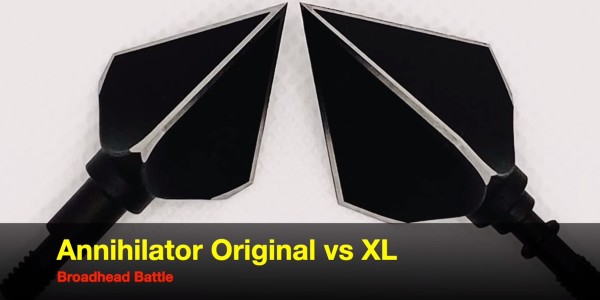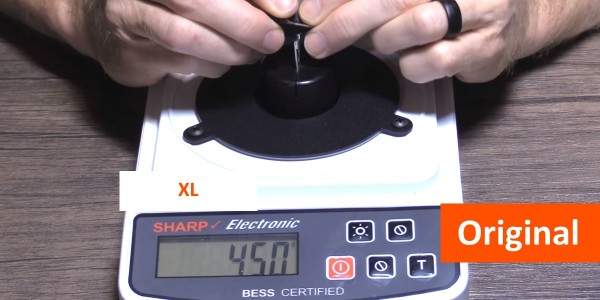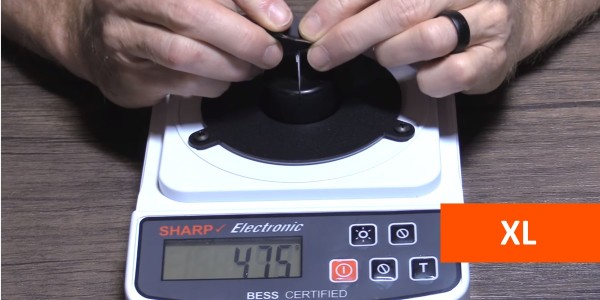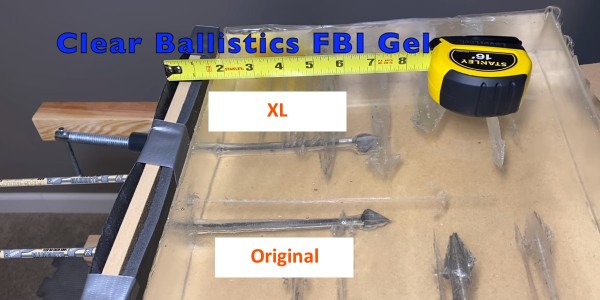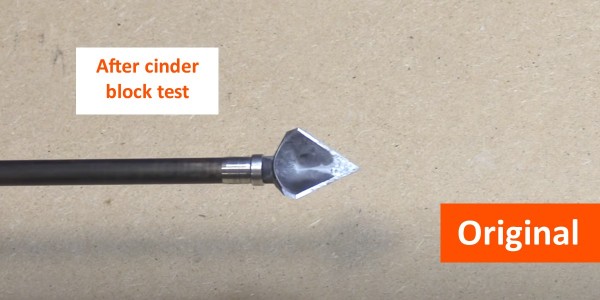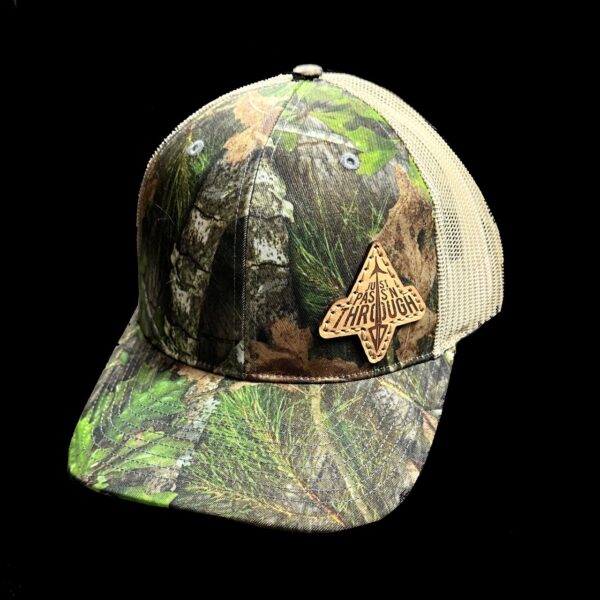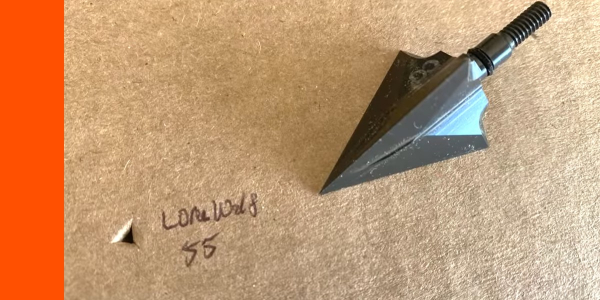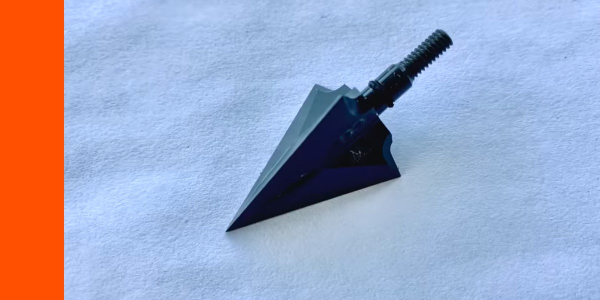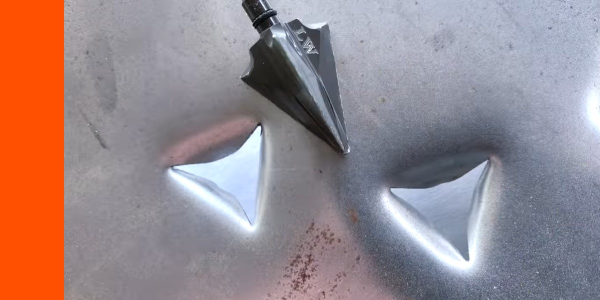Discovering the most cost-efficient gun safe to protect your firearms is essential. And, selecting the right gun safe for your budget and needs can certainly be a daunting task, given the abundance of options on offer.
So, you’re probably here because you want to know, “what’s the best gun safe for the money?” Well, in this comprehensive guide, we will delve into various aspects that you need to consider when selecting a great safe for your valuable possessions.
- Gun Safe Reviews: We’ll start by reviewing seven high-quality safes that provide great value for money. Then, we will identify key factors in determining the best gun safe for your budget and requirements.
- Ratings: Next, we’ll explore different gun safe ratings and their significance in ensuring optimal security. Fire protection ratings are another critical aspect that cannot be overlooked; we’ll evaluate these as well.
- Lock Types: Additionally, lock types play a vital role in safeguarding your guns from unauthorized access – our guide will examine popular locking mechanisms as well as their pros and cons.
- Warranties: Finally, warranty options are essential when investing in a heavy-duty safe; we’ll investigate what to look out for when choosing one with confidence.
7 Best Gun Safes For The Money
Let’s take a look at 7 of the best gun safes you can get for the money…
Fort Knox PB1 Handgun Safe

The Fort Knox PB1 Handgun Safe is constructed from solid steel and features a 10-gauge door. It offers reliable protection for your handguns with its heavy-duty construction and tamper-proof locking mechanism. The safe is also fireproof for up to 60 minutes, ensuring the safety of your firearms in case of a fire.
Features:
- Material: Made from 10-gauge steel with a wrap-around lid for ultimate strength and security.
- Locking mechanism: Features a Simplex mechanical lock that provides high reliability and ease of use without the worry of battery failure.
- Fireproof: Withstands up to 60 minutes of fire, safeguarding your guns and valuables.
- Interior: Comes with foam lining interior to protect your firearms from scratches.
- Portability: Compact design, allowing for easy storage and transportation.
- Warranty: Offers a lifetime warranty, ensuring the longevity of the safe.
Liberty Safe Centurion 24-Gun Safe

The Liberty Safe Centurion 24-Gun Safe provides ample space for gun storage, accommodating up to 24 firearms. It features a durable steel body with a pry-resistant door, providing robust protection against unauthorized access. It also offers fire protection for up to 30 minutes, giving you peace of mind in fire emergencies.
Features:
- Capacity: Able to securely store up to 24 firearms, providing ample space.
- Construction: Made from robust steel with a pry-resistant door to enhance security.
- Fire protection: Offers 30 minutes of fire protection, which can be crucial during emergencies.
- Lock: Equipped with a secure electronic lock for easy access.
- Interior: Comes with adjustable shelving, allowing you to customize the storage space as per your needs.
Winchester Ranger Deluxe 19-7-E Gun Safe

The Winchester Ranger Deluxe 19-7-E Gun Safe offers enhanced security with its drill-resistant hard plate and solid steel construction. It features an electronic lock with a keypad for quick and convenient access. The safe is also fire-rated for up to 60 minutes, providing superior fire protection.
Features:
- Security: The safe’s solid steel construction and drill-resistant hard plate enhance security.
- Access: Electronic lock with keypad allows for quick and convenient access.
- Fire protection: Fire-rated for up to 60 minutes, offering superior protection against fire.
- Capacity: With its adjustable shelves, it provides space for up to 24 long guns and other valuables.
- Warranty: Offers a limited lifetime warranty that covers damage from break-in attempts and fire damage.
Browning Sporter Series Gun Safe

The Browning Sporter Series Gun Safe combines security and elegance. It features a strong steel body, pry-resistant door, and multiple locking bolts for enhanced protection. It offers an electronic lock and a deluxe interior with adjustable shelves. It also provides fire protection for up to 90 minutes.
Features:
- Design: Combines strength and elegance with its steel body and sleek finish.
- Security: Pry-resistant door and multiple locking bolts provide robust protection.
- Fire protection: Offers 90 minutes of fire protection, outperforming many in its category.
- Lock: Comes with a programmable electronic lock for easy access.
- Interior: Deluxe interior with adjustable shelves allows for customization.
Cannon Safe Scout Series Gun Safe

The Cannon Safe Scout Series Gun Safe offers excellent value for money. It features a durable steel body, a reinforced door, and a triple hard plate for added security. The safe includes an electronic lock and an interior door panel for organizing your firearms and accessories. It provides fire protection for up to 45 minutes.
Features:
- Security: Features a durable steel body, reinforced door, and triple hard plate for ultimate security.
- Interior: Includes an interior door panel for organizing firearms and accessories.
- Fire protection: Provides fire protection for up to 45 minutes.
- Lock: Comes with a programmable electronic lock for easy access.
- Warranty: Offers a lifetime warranty, providing assurance of its quality.
Stack-On Elite Junior Executive Fire Safe

The Stack-On Elite Junior Executive Fire Safe is a compact and affordable option. It features a solid steel construction, pry-resistant door, and a 3-point locking system. The safe offers an electronic lock and adjustable shelves for customization. It provides fire protection for up to 30 minutes.
Features:
- Design: Compact and affordable, perfect for small spaces or beginners.
- Security: Made from solid steel with a pry-resistant door and a 3-point locking system.
- Customization: Adjustable shelves allow for customization as per individual needs.
- Fire protection: Provides fire protection for up to 30 minutes.
- Lock: Comes with a programmable electronic lock for easy access.
Steelwater Heavy Duty 39-Gun Safe

The Steelwater Heavy Duty 39-Gun Safe is a robust option for gun enthusiasts. It features a thick steel body, reinforced door, and drill-resistant hard plate. The safe offers a digital keypad and an interior with adjustable shelves. It provides fire protection for up to 60 minutes.
Features:
- Capacity: Able to securely store up to 39 firearms, making it suitable for avid gun enthusiasts.
- Construction: Features a thick steel body, reinforced door, and a drill-resistant hard plate.
- Fire protection: Offers fire protection for up to 60 minutes, adding to its high-security features.
- Lock: Comes with a digital keypad for quick and easy access.
- Interior: Adjustable shelves and a door organizer provide ample space for firearm and accessory storage.
Things To Consider When Buying A Gun Safe

While you may be looking for a gun safe, you might not have a safe full of money! So, let’s explore how to get the most bang for your buck…
Finding a gun safe that fits your budget and needs can be a challenging task, but with some research and consideration of reputable safe vendors, you can do it!
Here are some steps to guide you through the process:
Evaluate Your Needs:
- Number, Size, and Weight of Firearms: Assess the number of guns you need to store, their sizes, and their weights. This will help determine the size and capacity of the gun safe you should look for. For example, if you are storing shotguns, the size of the safe would need to be much larger than one for storing only handguns.
- Storage Space and Security Level: Consider the available space in your home or desired location for the safe. Also, think about the level of security you require for your firearms. Determine if you need additional space for storing accessories or valuables alongside your guns.
- Fire Protection: Evaluate the level of fire protection you desire for your firearms. Consider the fire rating of the safe, including factors such as steel thickness, insulation materials, and fire seal.
Compare Features and Prices:
- High-Quality Materials: Look for gun safes made from durable materials, particularly steel construction. A safe with reinforced doors provides added security.
- Security Features: Consider the security features offered by different models. Biometric locks, which use fingerprint recognition, can provide quick and convenient access. Multiple locking bolts enhance the safe’s resistance to tampering and forced entry.
- Fire Protection Rating: Compare the fire protection ratings of various safes. Pay attention to the thickness of the steel used, the type of insulation materials employed, and the quality of the fire seal.
Read Customer Reviews:
- Online Platforms: Take the time to read customer reviews on credible online platforms. These reviews can offer valuable insights into the performance, durability, and overall satisfaction of different gun safe models.
By following these steps, you can make an informed decision and find a gun safe that not only meets your requirements but also provides excellent value for your money.
Understanding Gun Safe Ratings

Comparing gun safe ratings is crucial to ensure you select the most secure product possible. Ratings provide valuable information about a safe’s resistance to burglary attempts and its ability to withstand fire.
Let’s explore the different types of gun safe ratings…
UL Burglary Ratings
The Underwriters Laboratories (UL) established burglary ratings to assess the strength and resistance of safes against forced entry attempts. These ratings are based on factors such as construction materials and locking mechanisms. Here are some common UL burglary ratings:
- RSC (Residential Security Container): This rating indicates that the safe offers basic protection against common hand tools typically used by opportunistic burglars.
- B-Rate: Safes with a B-Rate provide moderate protection with thicker steel walls and doors. They offer enhanced resistance against burglary attempts compared to RSC-rated safes.
- C-Rate: C-Rate safes feature even more robust construction than B-Rate safes, making them harder to breach. They offer a higher level of security against unauthorized access.
- TL-15/TL-30/TL-60: These ratings indicate the number of minutes a professional burglar would need to break into the safe using sophisticated tools. TL-15, TL-30, and TL-60 safes provide increasingly higher levels of protection against attacks.
Fire Protection Ratings

Many gun safes come with fire protection ratings that indicate their ability to withstand extreme temperatures during a fire event.
- ETL Verified Fire Resistance: Ensures that the contents inside remain unharmed at specific temperatures for a set period of time.
- NFPA 72: Outlines fire alarm and signaling system requirements.
California DOJ Approval
The California Department of Justice (DOJ) has established standards for gun safes to ensure they provide adequate protection against unauthorized access.
Comprehending the DOJ’s ratings will help you pick a gun safe that fits your individual needs and economic restrictions wisely.
Evaluating Fire Protection Ratings
Gun safes often come with fire protection ratings that indicate their ability to withstand extreme temperatures during a fire event.
Here are a couple of common fire protection ratings:
UL 72 Standard: A Reliable Benchmark

The UL 72 Standard is a widely recognized benchmark used by manufacturers to test their safes’ fire resistance capabilities.
Temperature Endurance Rating
A critical aspect of any gun safe’s fire protection rating is its ability to endure high temperatures without compromising the safety of its contents.
Impact Testing Rating
- Fall Test: Simulates a safe falling from a height equivalent to one floor onto concrete rubble below while maintaining structural integrity and protecting internal contents.
- Penetration Test: Measures how resistant the exterior surface of the safe is when subjected to intense heat exposure using specialized tools like cutting torches or drills.
Fire Seal
A fire seal’s presence should be considered when evaluating a safe’s fire protection rating, as it expands under high temperatures to form an air-tight barrier that blocks smoke and heat.
Comparing Safes with Different Ratings
When comparing different safes, weigh their respective fire protection ratings against your specific needs and budget constraints, considering factors such as local climate conditions, potential risks associated with fires, and your collection’s value.
Examining Safe Lock Types
Choosing the right lock type is crucial when investing in a gun safe to protect guns and prevent unauthorized access.
- Mechanical Dial Locks

Mechanical dial locks are reliable and durable, but slower to access than other options like biometric safes
- Electronic Keypad Locks

Electronic keypad locks offer quick access, but rely on batteries or power sources that may need periodic maintenance or replacement.
- Biometric Locks

Biometric safes use fingerprint recognition technology for rapid accessibility, but can be more expensive and require occasional recalibration.
- Key Locks

For an economical security solution, key locks are a viable option; however, it is important to store the keys in a secure location.
Consider which of the above lock types aligns with your preferences and needs when selecting the best gun safe for your money.
Investigating Warranty Options

Don’t be caught off guard when investing in a gun safe; make sure to consider warranty options to protect your investment!
Manufacturer Warranties
Reputable gun safe manufacturers offer warranties covering material defects, workmanship issues, and damage due to fire or burglary attempts.
Extended Warranties
Retailers may offer extended warranties for additional cost, covering parts replacement or full product replacement if necessary.
Tips for Evaluating Warranty Options:
- Determine Coverage Length: Check how long the warranty lasts and what is covered during that time frame.
- Analyze Coverage Scope: Identify which components and situations are covered under the warranty.
- Evaluate Customer Support: Research customer reviews about their experiences with claims handling.
- Weigh Costs vs Benefits: Consider whether paying extra for an extended warranty is worth it based on potential risks and the value of your investment.
Remember, choose a reputable manufacturer or retailer with a history of honoring their warranties and providing excellent customer service. Consumer Reports suggests that extended warranties may not always be worth the extra cost, so weigh your options carefully.
Final Thoughts On Best Gun Safes For The Money
Secure Your Firearms with the Best Gun Safe for the Money: As a responsible gun owner, it’s crucial to invest in a high-quality gun safe that meets your needs and budget.
Consider factors such as gun safe ratings, fire protection ratings, lock types, and warranty options to make an informed decision.
Don’t settle for a cheap gun safe that won’t provide adequate protection for your valuable possessions.
Investing in a reliable gun safe will give you peace of mind knowing that your firearms are secure and protected from theft or damage.
Check out credible sources to learn more about gun safe options and make an informed decision that meets your needs.
And above all… safety first!

































